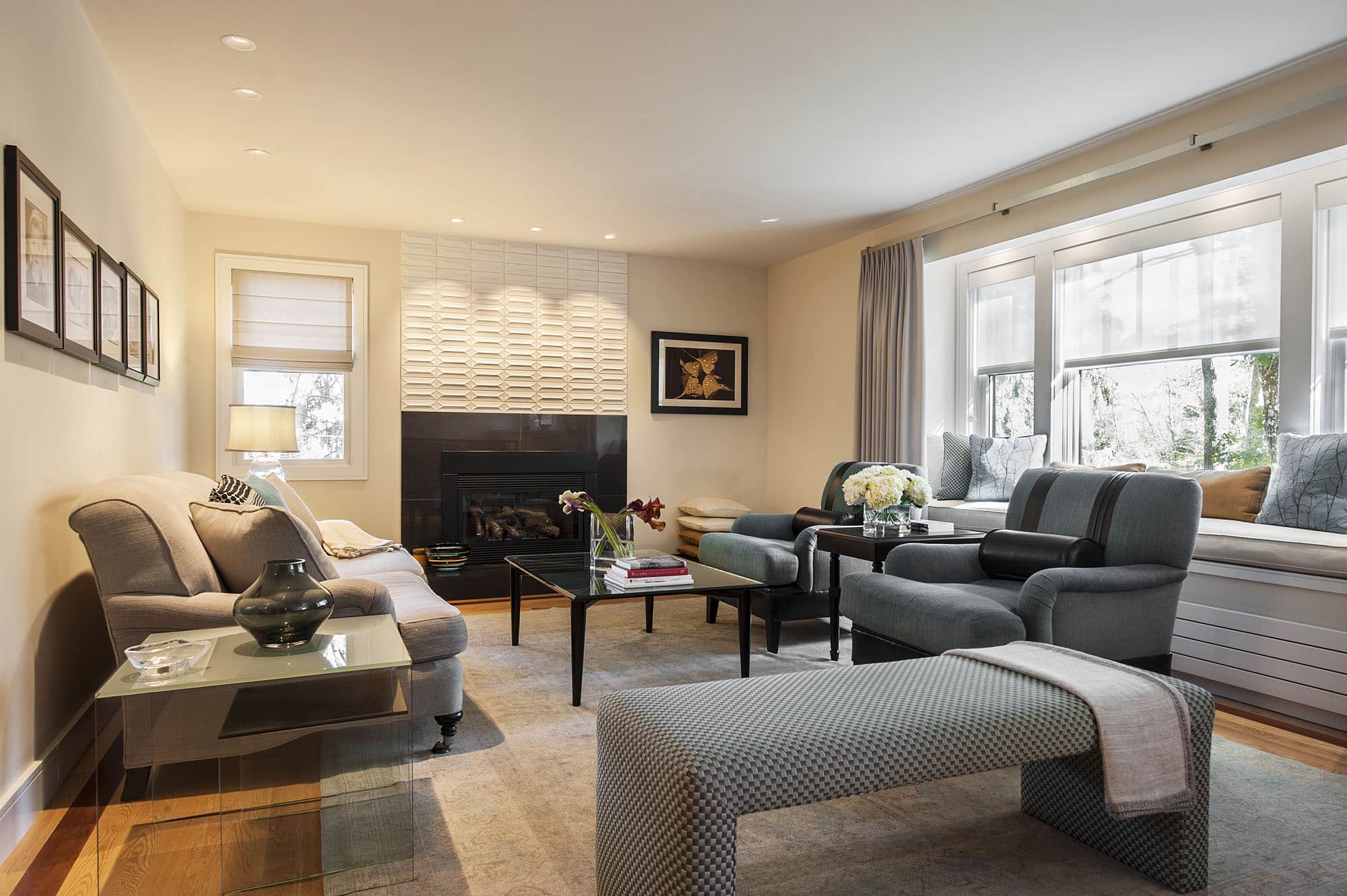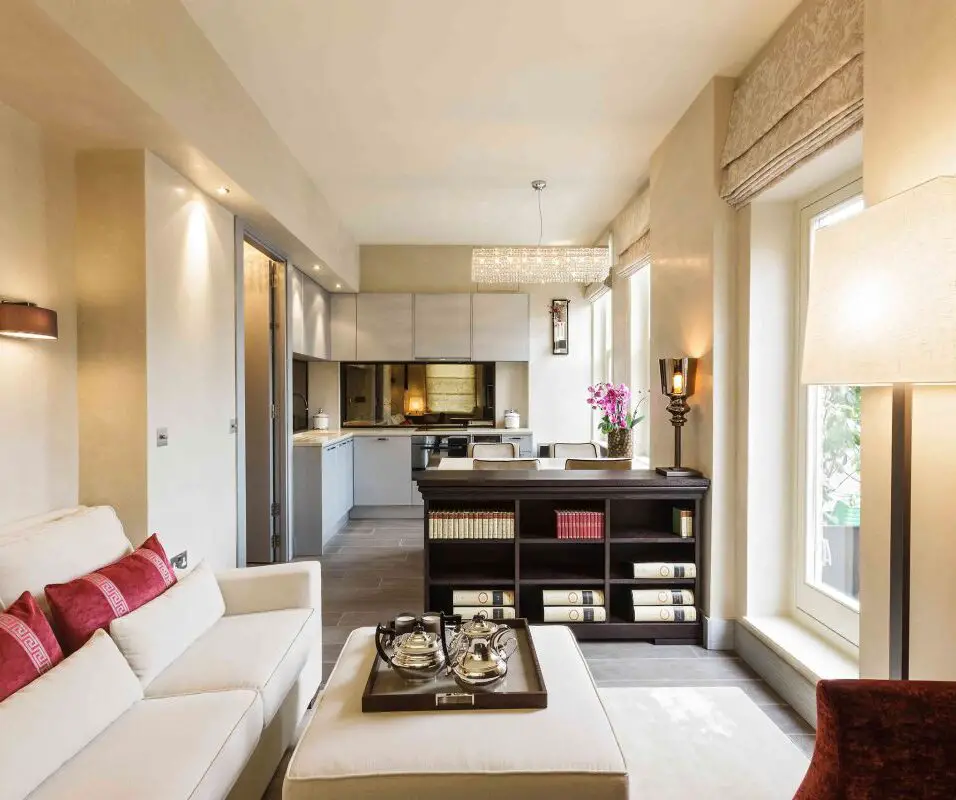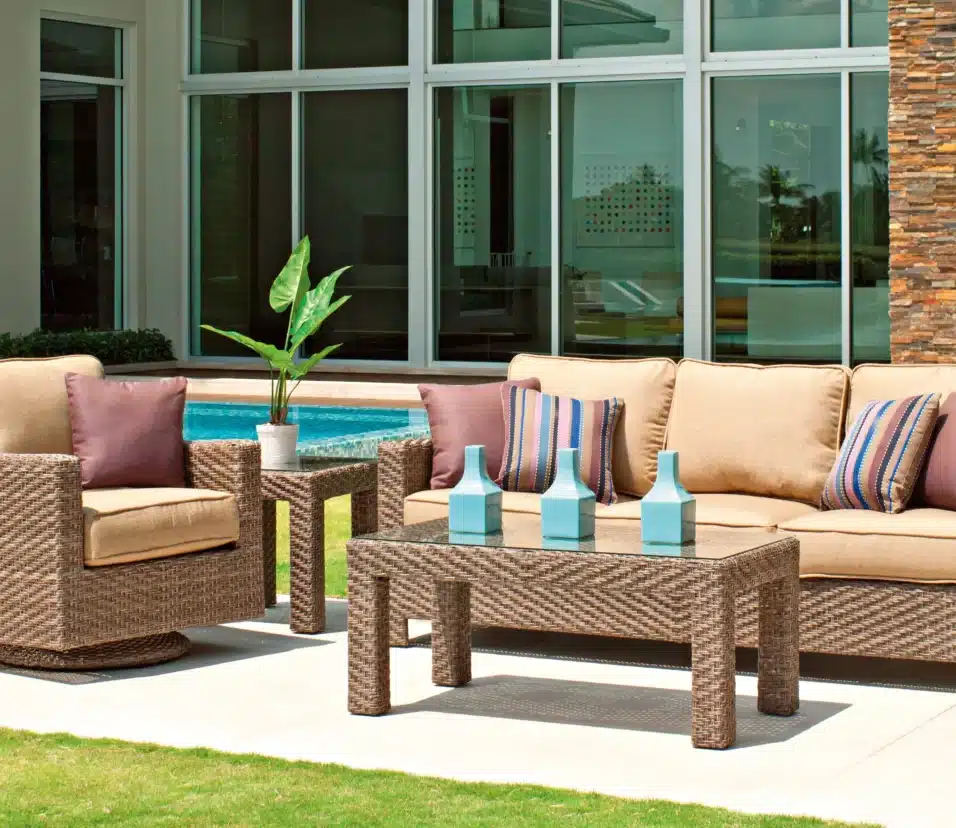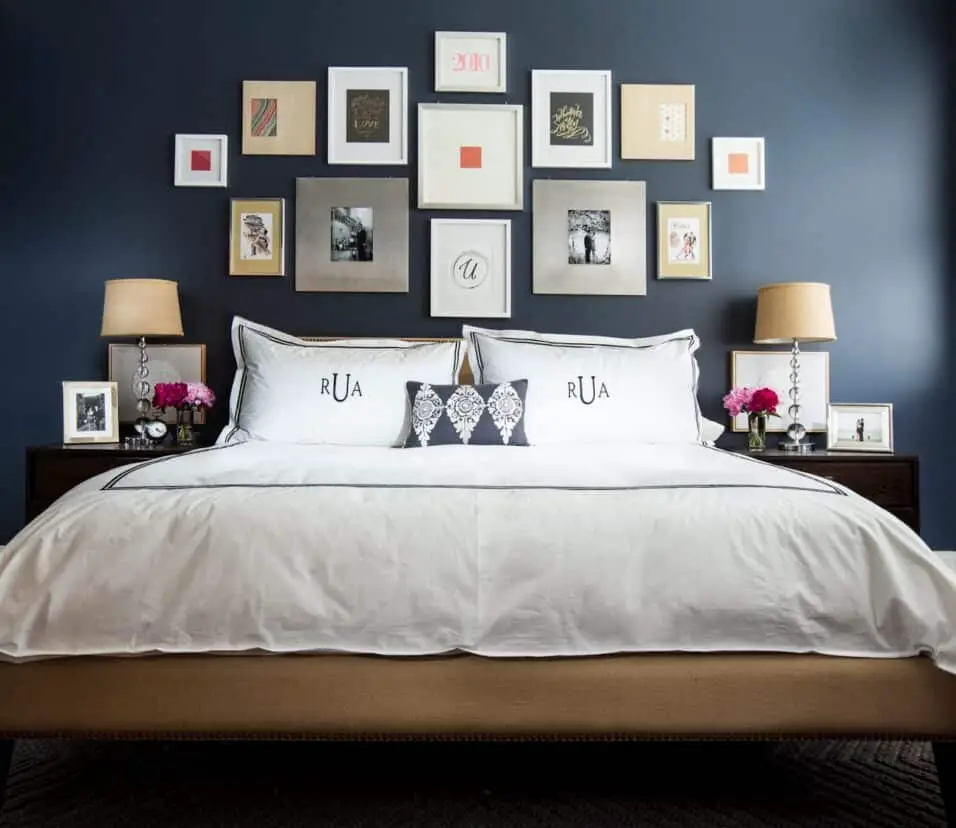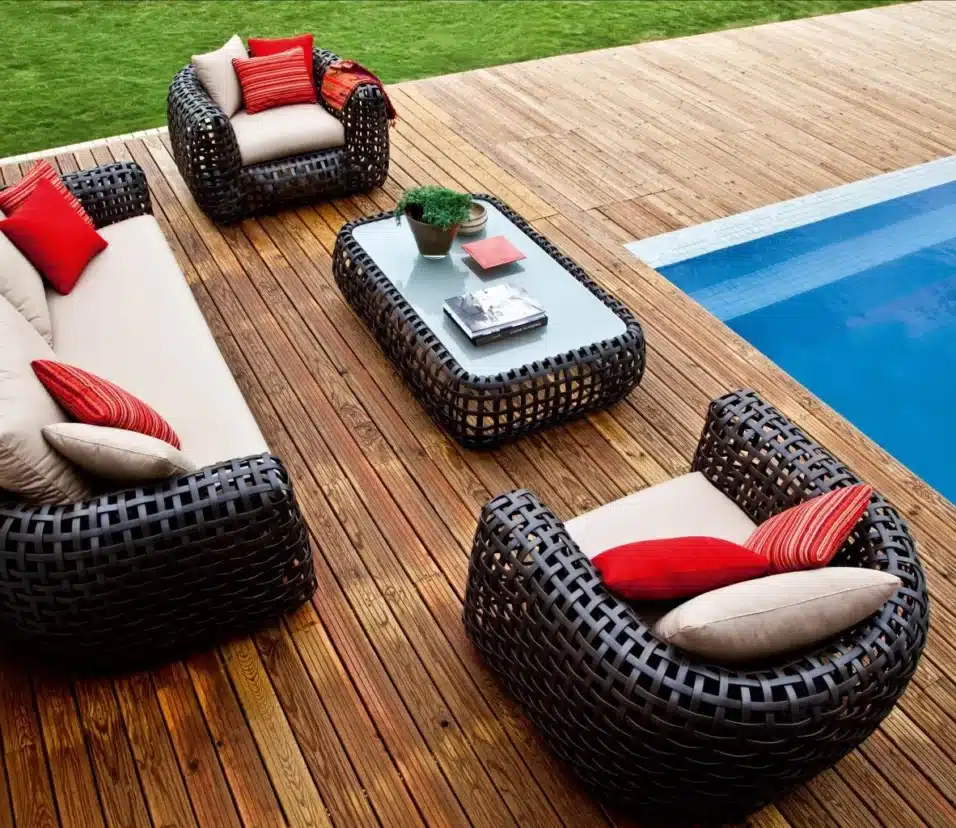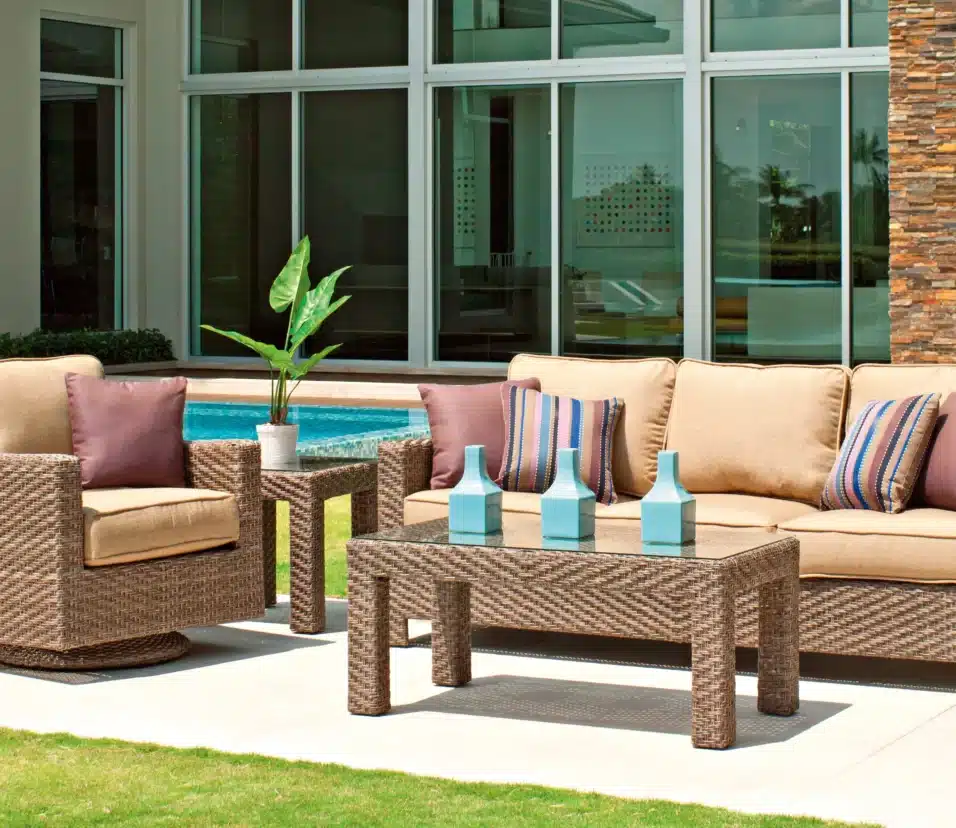How To Arrange Furniture In A Rectangular Living Room
Introduction
How To Arrange Furniture In A Rectangular Living Room: Many homeowners face the challenge of arranging furniture in such spaces to strike the perfect balance between functionality and aesthetics. But fear not, for in this guide, we will unravel the secrets of creating a harmonious and visually pleasing layout for your rectangular living room. Whether you’re aiming for a cozy and intimate setting or a spacious and open feel, our tips and tricks will empower you to transform your living room into a sanctuary of style and comfort.
Before diving into arranging furniture, think about how you plan to use the room. Is it primarily for entertaining guests, family gatherings, or relaxation? Identifying the main purpose will guide your decisions on furniture placement and functionality. In a rectangular living room, it’s beneficial to create distinct zones for different activities. Common zones include seating areas, entertainment corners, reading nooks, and possibly a workspace. By defining these zones, you’ll make the room more organized and user-friendly.
Ensure there’s a clear and unobstructed traffic flow through the room. Avoid placing furniture in a way that forces people to walk around or bump into objects as they move from one area to another. Choose a focal point for the room, such as a fireplace, TV, or a large window with a great view. Arrange the main seating area to face this focal point, as it will naturally draw attention and create a sense of balance.

Where should I put furniture in a rectangular room?
Avoid Cramming on One Side
Spread the furniture over the entire space. If you are working with corners, make sure you have something placed in the middle such as a loveseat or a nice rug. This will divert the viewer’s attention and will allow the entire room to feel balanced and harmonious.
Divide the room into functional zones based on its intended use. Common zones include a living area, dining area (if applicable), and possibly a reading nook or workspace. Group furniture accordingly to define these areas.
Ensure there is ample space for people to move around comfortably without bumping into furniture. Avoid blocking pathways and maintain a clear traffic flow throughout the room.
In the living area, the sofa is often the largest piece of furniture. Position it along one of the longer walls of the room, preferably facing the focal point. For a more intimate setting, consider placing the sofa perpendicular to the focal point and adding a couple of armchairs nearby.
Create visual harmony by balancing symmetrical arrangements on one side of the room with asymmetrical arrangements on the other. For instance, if you have a large sofa on one side, consider placing two armchairs and a side table on the opposite side.
Corners can be challenging spaces to fill, but they offer great opportunities for additional seating or storage. Consider placing a corner sofa, a bookshelf, or a cozy reading chair in these spaces.
If your rectangular room includes a dining area, position the dining table along one of the shorter walls, leaving enough space for chairs to be comfortably pulled out. If space allows, place a buffet or sideboard against another wall for added storage and style.
In a rectangular bedroom, place the bed against one of the longer walls, ideally opposite the entrance. This creates a natural focal point and allows for easy access to the bed. Nightstands can be positioned on either side of the bed, and a dresser or wardrobe can be placed against another wall.
How do you arrange a small rectangular living room?
Conquer a long, narrow living room by placing furniture at a 90 degree angle and perpendicular to the length of a room. It creates a boundary that gives the room definition and helps to prevent it from feeling tunnel-like. Pieces like a love seat or a medium-sized Barcelona chair can do the trick.
Opt for space-saving furniture that suits the scale of the room. Consider multi-functional pieces like a sofa bed or a coffee table with storage to maximize utility.
Determine the room’s focal point, which might be a fireplace, a large window, or a TV. Arrange the main seating area, such as a sofa and chairs, to face this focal point to create a sense of balance and cohesion.
Ensure there’s enough space for people to move around the room freely. Avoid blocking pathways with furniture, and leave adequate room for easy navigation.
In a small rectangular living room, it’s best to place furniture against the walls to create an open central space. This not only makes the room feel more spacious but also allows for easy movement.
Instead of using a large sofa, consider a sectional sofa or loveseats. They provide comfortable seating without overwhelming the room’s proportions and can be configured to fit the available space.
How to arrange bedroom furniture in a rectangular room?
How To Arrange Bedroom Furniture In A Rectangular Room
- Placed Against The Longest Wall.
- Placed Against The Shortest Wall.
- Placed Under Windows.
- Create A Focal Point With The Bed.
- Choose The Right Size Nightstands.
- Create Sections Using Floor Rugs.
- Place A Dresser Away From The Bed For Better Balance.
Start by measuring the dimensions of your bedroom, including the length, width, and ceiling height. Create a floor plan to visualize different furniture arrangements and determine the best fit for your room.
The bed is the focal point of the bedroom, so choose its placement wisely. In a rectangular room, it’s often best to position the bed against one of the longer walls. This leaves more space for other furniture and allows for easy access on either side of the bed.
Aim for a balanced arrangement by placing other furniture pieces symmetrically around the bed. This could include nightstands on both sides and matching lamps for a cohesive look.
Ensure there’s enough room to move around the bed comfortably. Avoid placing furniture in a way that obstructs the natural flow of the room.
In a rectangular room, you’ll likely have more wall space available. Utilize this space for storage solutions like dressers, wardrobes, or shelves. Wall-mounted shelves can be particularly useful for displaying decor items or books without taking up floor space.
If space permits, consider adding a bedroom vanity with a mirror. This provides a designated area for grooming and dressing, making your morning routine more efficient. If your bedroom has a closet, make the most of it by organizing it effectively. Use storage solutions like hanging shelves or bins to keep clothes and accessories tidy.
Which direction is best for sofa in living room?
Sofa sets, the soul of a living room, should be east (or south) facing as the maximum sunlight we receive in our home is from east. The south-east direction is the best for placing your TV unit/cabinet.
The most common and recommended way to position a sofa is facing the room’s focal point. This could be a fireplace, a large window with a beautiful view, a TV, or a piece of artwork. By arranging the sofa to face the focal point, you create a natural and inviting flow in the living room, drawing attention to the central element of the room.
The shape and layout of your living room will influence the sofa’s direction. In a rectangular room, it’s typically best to place the sofa against one of the longer walls, leaving ample space for other furniture and creating an open feel. In a square room, the sofa could be positioned to face the entrance or the focal point, depending on the room’s features.
Ensure that the sofa placement allows for smooth traffic flow in the living room. Avoid blocking pathways or making it difficult for people to move around comfortably. Leave enough space between the sofa and other furniture to create a sense of openness.
If your living room is used primarily for socializing and conversation, consider creating a seating arrangement with the sofa and other chairs facing each other. This fosters a cozy and intimate atmosphere, encouraging interaction among guests.
If possible, position the sofa to take advantage of natural light. Placing the sofa near a window allows you to enjoy the view and brightens up the space during the day. However, be mindful of potential glare or fading of upholstery due to direct sunlight.
Think about your privacy and what views you want to enjoy from the sofa. Placing the back of the sofa against a wall can offer a sense of privacy and security, while a floating sofa in the middle of the room may allow you to enjoy multiple viewpoints.
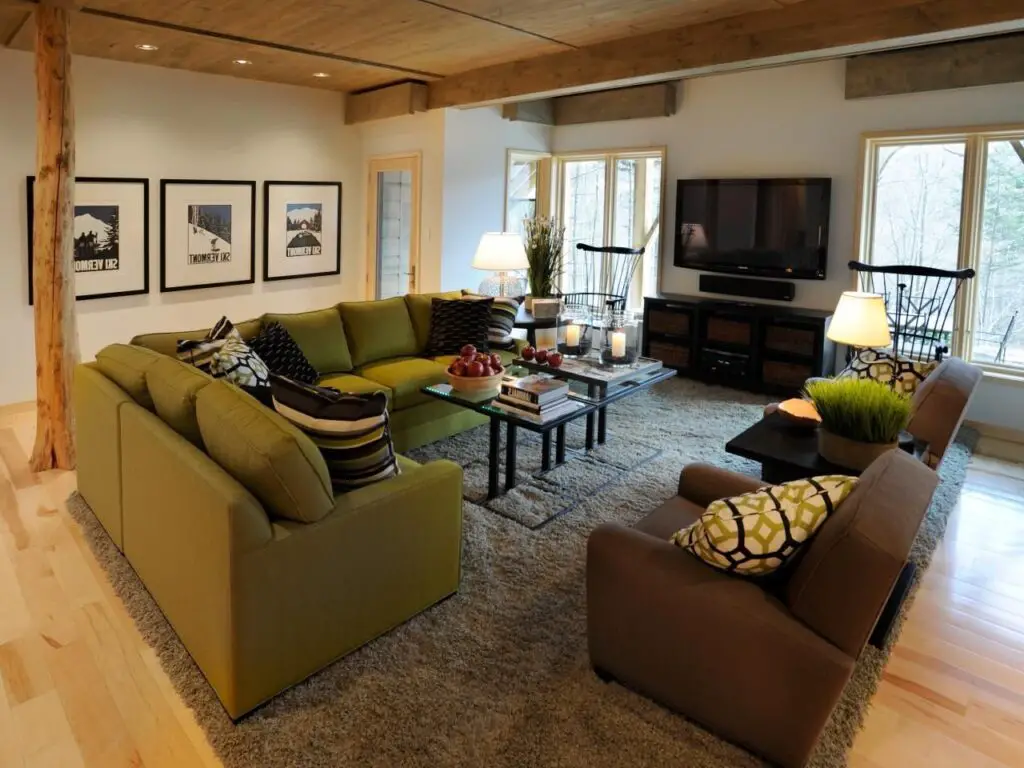
How do you make a small rectangular room look bigger?
The best tricks to make a small living look bigger are:
- Painting walls and ceilings a pale or light color.
- Choosing reflective finishes for walls and floors – in tasteful moderation.
- Hanging mirrors.
- Decluttering and investing in smart storage to keep surfaces as clear as possible.
Use light, neutral colors for the walls, ceiling, and flooring. Light hues reflect more natural light and make the room feel airy and expansive. Avoid dark colors that can make the space feel closed in.
Keep window treatments minimal or opt for sheer curtains that allow ample natural light to filter through. A well-lit room appears more open and inviting. Strategically place mirrors to reflect light and create the illusion of extra space. Mirrored furniture or a large wall mirror can visually expand the room.
Keep the room tidy and clutter-free. Remove unnecessary items and use smart storage solutions to maintain a clean and organized space.
Invest in multi-functional furniture that serves multiple purposes, such as a sofa bed or an ottoman with storage. This maximizes utility without overcrowding the room. Float furniture away from walls to create the illusion of more floor space. This technique also allows light to flow underneath furniture, making the room feel more open.
Choose furniture that is proportionate to the room’s size. Oversized pieces can overwhelm the space, while small furniture might appear lost. Strike a balance for a harmonious look.
How do you make a rectangular room look square?
Further the squaring effect by installing bold floor rugs with stripes that flow parallel to the longer walls. If renovations are in your budget, install large square tiles or wide floorboards to counter the rectangular shape of the room.
Furniture Placement: Arrange furniture in a way that emphasizes the room’s width rather than its length. Place key furniture pieces, like the sofa or dining table, perpendicular to the longer walls to create the illusion of a more square shape.
Use a square or round rug to anchor the furniture grouping in the center of the room. This can visually shift the focus away from the room’s elongated shape. Create a symmetrical furniture arrangement, centered around the focal point of the room. Balanced placement of furniture can give the impression of a more square space.
Ensure even lighting throughout the room to avoid accentuating the elongated proportions. Use wall sconces or floor lamps to disperse light evenly across the space. Opt for a consistent color palette throughout the room. Use light, neutral colors on the longer walls and a slightly darker shade on the shorter walls to visually balance the proportions.
Consider using vertical stripes on one or more walls to create the illusion of height. This can help visually “lift” the ceiling and make the room feel more balanced. Hang a large, square mirror on one of the shorter walls. Mirrors can create the illusion of a larger and more symmetrical space.
Hang tall and narrow artwork on the shorter walls to draw the eye upward and add visual interest to those areas. Embrace a minimalist design style that focuses on simplicity and clean lines. A clutter-free space can create a more unified and square feel.
Where should a bed be placed in a rectangular bedroom?
Rectangle Bedroom Layout
If you like a longer look, place the bed against one of the narrower walls. This will give you a wide-open space to work with from the foot of the bed to the opposite wall. A focus on the width of the room would call for placing the bed against one of the longer walls.
If there is a window on one of the longer walls, placing the bed under the window can create an elegant and visually appealing arrangement. Just ensure that the headboard does not block the window, and consider adding window treatments for privacy and light control.
In some cases, it might be more practical to place the bed parallel to one of the shorter walls. This could be due to room size or the presence of other architectural features like built-in closets. Just be sure to leave enough space on either side of the bed for easy access.
For a more modern and open look, consider floating the bed in the center of the room. This can create a sense of space and make the bed the main focal point.
If your rectangular bedroom has a low or slanted ceiling, adding a canopy or curtain around the bed can create a cozy and intimate sleeping area while visually balancing the room.
Consider the placement of other bedroom furniture, such as nightstands, dressers, and seating. Arrange them symmetrically around the bed to create a cohesive and balanced look.
If you have extra space along one of the longer walls, consider placing the bed against one wall and creating a reading nook or seating area on the other side.
How should sofas and chairs be arranged in the living room why?
Living Room Furniture Arrangement for Conversation
For face-to-face chats, place seating no more than 8 feet apart. In a large living room, use furniture to create comfortable islands. Face two sofas in the center of a room, and place a group of chairs and side tables at one end to create a separate conversation area.
Use an area rug to anchor the seating area, particularly if the living room is open-concept. A rug defines the space and helps visually connect the furniture pieces.
Choose sofas and chairs that are proportionate to the size of the room. Oversized furniture can overwhelm a small living room, while small pieces may feel lost in a large space.
Incorporate different seating options to add depth and versatility to the room. Mix sofas, chairs, and ottomans to create a layered and dynamic seating arrangement.
Avoid placing furniture in front of windows to allow natural light to flow freely into the room. Utilize the area beside windows for seating or create a reading nook to take advantage of the natural light.
Ensure that all seating is easily accessible. Arrange chairs and sofas at a comfortable distance from each other and provide enough space for guests to enter and exit seating areas without difficulty.
Consider the room’s multifunctional use. If the living room is also an entertainment area, position seating to face the TV or a media center. Strike a balance between comfortable seating and stylish design. Choose sofas and chairs that are both aesthetically pleasing and ergonomically supportive.

Conclusion
Remember to define the purpose of the room and create distinct zones for various activities. By doing so, you’ll ensure that the room serves its intended functions efficiently and feels organized. Anchoring the furniture around a focal point, such as a fireplace or entertainment center, will establish a natural flow and draw attention to the room’s centerpiece. Additionally, striking a balance between symmetrical and asymmetrical arrangements adds visual interest and avoids monotony.
Utilizing vertical space, keeping windows unobstructed, and incorporating functional storage solutions will optimize the living room layout and make it feel more spacious. Experimentation is key to finding the perfect furniture arrangement. Don’t hesitate to try different layouts, using paper cutouts or virtual tools to visualize options before settling on the ideal arrangement.
Lastly, don’t forget to add personal touches through decorative elements that reflect your style and personality. These final touches will transform the space into a true reflection of your unique taste and make it feel like a warm and welcoming haven. With these insights and strategies in mind, you can confidently tackle the task of arranging furniture in your rectangular living room, turning it into a place of comfort, beauty, and functionality where cherished memories are made and shared with loved ones.



